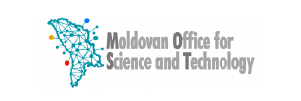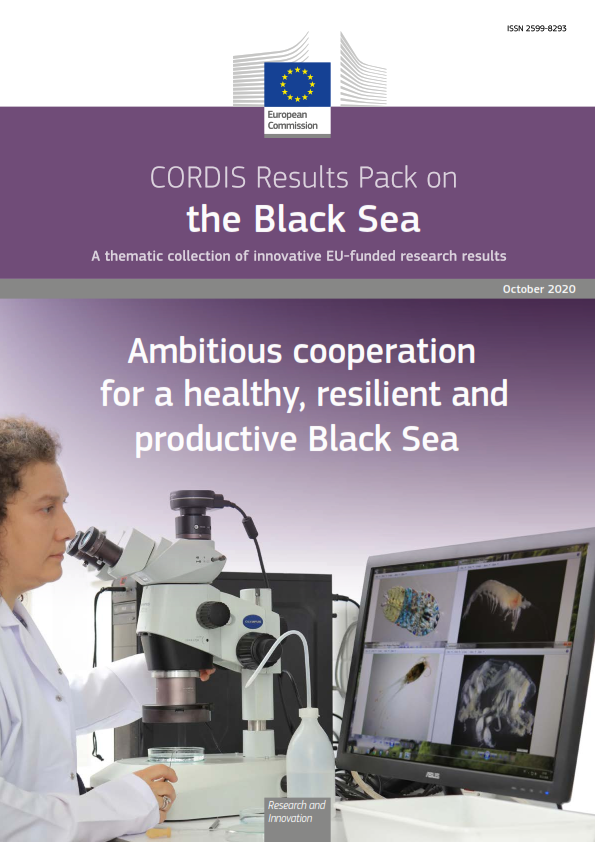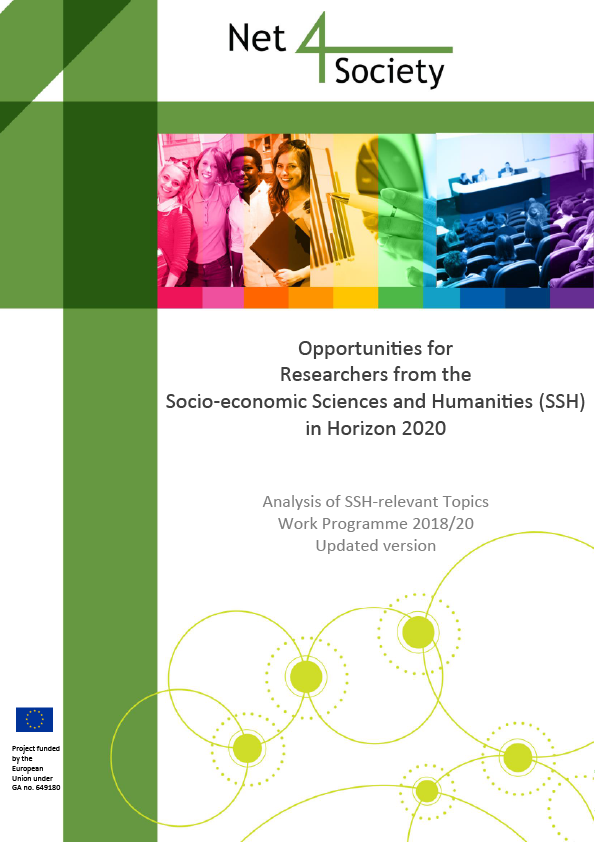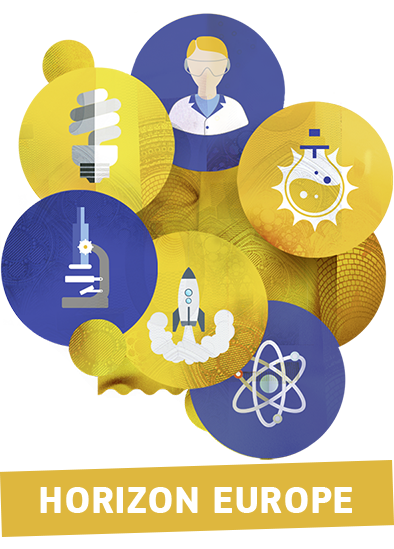Main pillar:
- Secure, Clean and Efficient Energy
Budget:
Currency:
Call deadline:
Statut:
- Closed
Description:
Competitive Low-Carbon Energy Call: Renewable electricity and heating/coolingSpecific challenge: Complementing the global challenges outlined above, the following technology-specific challenges have to be addressed in 2014:a. Photovoltaics: Accelerating the development of the EU Inorganic Thin-Film (TF) industry – Inorganic TF technologies offer new application possibilities and additional benefits, such as flexibility, low weight, partial transparency, better low-irradiance performance, short energy pay-back time, and integrated manufacturing. To fully benefit from these, however, TF technologies need to achieve module efficiencies higher than 12-16% (depending on the technology) while developing low-cost, highvolume manufacturing routes.b. Concentrated Solar Power (CSP): Improving the flexibility and predictability of CSP generation – The major asset of the CSP technology is to be able to produce predictable power, which provides the flexibility to adapt the demand from the grid. Only a few CSP technologies allowing this predictability have reached commercial maturity. The challenge is to demonstrate solutions that can significantly improve the dispatchability of CSP plants.c. Wind energy: Demonstrating and testing of new nacelle and rotor prototypes – There is a need for i) demonstration and testing of new nacelle and rotor prototypes with a significant lower mass and material intensity and applicable to several types of largescale wind turbines.d. Ocean energy69: Demonstration of ocean energy technologies – Demonstrate advanced full scale devices in real world conditions in order to gain further understanding and certainty over installation, operations and decommissioning costs, as well as of high levels of reliability and survivability.e. Renewable Heating and Coolingi. Shallow geothermal energy: Improved vertical borehole drilling technologies to enhance safety and reduce costs – Shallow geothermal energy systems are ideally suited to meet the ambitious energy saving targets of the EU. They can provide heating and/or cooling or both. Further improvement of the efficiency of shallow geothermal systems and reduction of installation costs are needed to increase deployment of these geothermal systems for the heating & cooling market.In 2015, the following technology-specific challenges have to be addressed:a. Photovoltaics: PV integrated in the built environment – Building integrated photovoltaic (BIPV) systems will become essential elements in future net zero energy buildings provided a number of challenges are solved, e.g. integration with other functional building components, flexibility in system design, architectural and aesthetic considerations and standardisation, smart interaction with the grid, extension of the lifetime of system components, and cost reduction.b. Wind energy: Demonstrating innovative substructure and floating concepts - There is a need for i) demonstration of innovative bottom-fixed substructure concepts for water depths of 30 to 50m capable of reducing costs; and ii) demonstration of innovative floating wind turbine concepts.c. Ocean energy70: Demonstration of ocean energy technologies – Demonstrate advanced full scale devices in real world conditions in order to gain further understanding and certainty over installation, operations and decommissioning costs, as well as of high levels of reliability and survivability.d. Deep geothermal energy: Testing of enhanced geothermal systems in different geological environments – Widespread deployment of enhanced geothermal systems (EGS) needs new and improved models and innovative solutions are needed to routinely create EGS reservoirs with sufficient permeability, fracture orientation and spacing. Cross-fertilisation with hydrothermal fields and cross-fertilisation with tight oil and gas fields can be explored.e. Renewable Heating and Cooling:i. Demonstration of solar technologies for residential and non-residential buildings - The use of solar energy for the production of domestic hot water and for space heating needs to increase to make full use of this renewable energy source. Innovative and cost-effective solutions in terms of components and system design and with a higher share of heating supplied by solar energy need to be demonstrated.Scope: The proposals should address one or more of the specific technology challenges described above bringing the proposed technology solutions to a higher TRL level, aiming at “demonstration” of these solutions, accompanied, where appropriate, by supporting research activities and activities targeting market uptake. The proposals should bring the proposed technology solutions from TRL 5-6 to TRL 6-7 (please see part G of the General Annexes).Technical issues, synergies between technologies, regional approaches, socio-economic and environmental aspects from a life-cycle perspective (including public acceptance, business cases, pre-normative and legal issues, pollution and recycling) need to be appropriately addressed where relevant.Environment, health and safety issues should be considered in all demonstrations and appropriately addressed.An important element for the entire area of renewables will be the need for an increased understanding of risks in each area (whether technological, in business processes, for particular business cases, or otherwise), risk ownership, and possible risk mitigation. Proposals shall therefore include appropriate work packages on this matter.Proposals shall explicitly address performance and cost targets together with relevant key performance indicators and expected impacts. Industrial involvement in the consortia and explicit exploitation plans are a prerequisite. All proposals will have to include a work package on ’the business case’ of the technology solution being addressed. This work package has to demonstrate the business case of the technology solution and has to identify potential issues of public acceptance, market and regulatory barriers including standardisation needs, financing and other supply-side issues of relevance. It should also address, where appropriate, synergies between technologies (including those for storage), regional approaches and other socio-economic and environmental aspects from a life-cycle perspective (e.g. pollution and recycling). The current Manufacturing Readiness Level (MRL, see Annex to this work programme) and the activities needed to keep the MRL aligned with the advances in the TRL that will be undertaken in the proposal should also be indicated to ensure the potential for exploitation.Opening the project's test sites, pilot and demonstration facilities, or research infrastructures for practice oriented education, training or knowledge exchange is encouraged.The Commission considers that proposals requesting a contribution from the EU of between EUR 5 to 20 million would allow this specific challenge to be addressed appropriately. Nonetheless, this does not preclude submission and selection of proposals requesting other amounts.Technological innovation related to the integration of renewable generation in the industrial and residential sectors can be addressed in the Energy Efficiency call or Smart Cities and Communities call. Improving the energy efficiency of district heating and cooling networks is addressed in the Energy Efficiency call.Expected impact: The proposals are expected to have one or more of the general impacts listed below:· Bringing costs of renewable energy down by increasing technology performance, decreasing costs of production, installation time and costs, decreasing of operation and maintenance costs, and increasing reliability and lifetime.· Reducing life-cycle environmental impact.· Improving EU energy security.· Making variable renewable electricity generation more predictable and grid friendly, thereby allowing larger amounts of variable output renewable sources in the grid.· Increasing the attractiveness of renewable heating and cooling technologies by improving cost-competitiveness, reducing complexity and increasing reliability.· Nurturing the development of the industrial capacity to produce components and systems and opening of new opportunities.· Strengthening the European industrial technology base, thereby creating growth and jobs in Europe.· Contributing to solving the global climate and energy challenges.Type of action: Innovation ActionsThe conditions related to this topic are provided at the end of this call and in the General Annexes.____________________________________________69 Marine energy is also addressed under the cross-cutting 'Blue Growth' focus area led by Challenge 2 (Food security, sustainable agriculture and forestry, marine and maritime and inland water research and the bioeconomy), in particular under the area 'New Offshore Challenges'.70 Marine energy is also addressed under the cross-cutting 'Blue Growth' focus area led by Challenge 2 (Food security, sustainable agriculture and forestry, marine and maritime and inland water research and the bioeconomy), in particular under the area 'New Offshore Challenges'._____For updated call's content and conditions please consult the Work Program on: http://ec.europa.eu/programmes/horizon2020/en/h2020-section/secure-clean...









